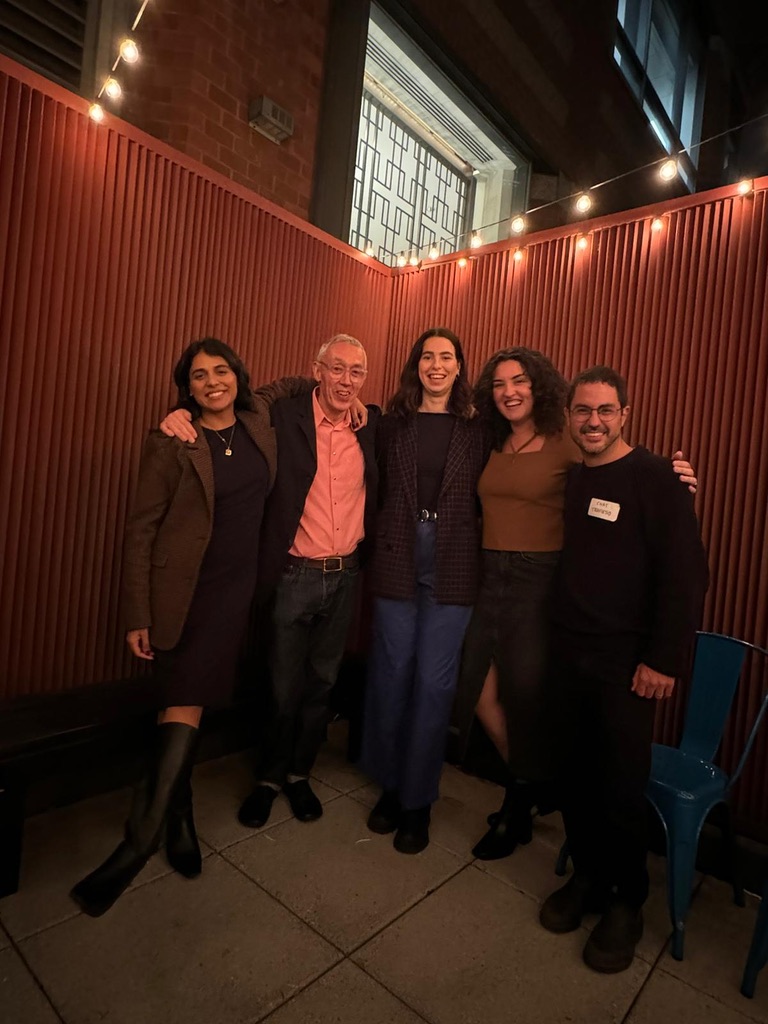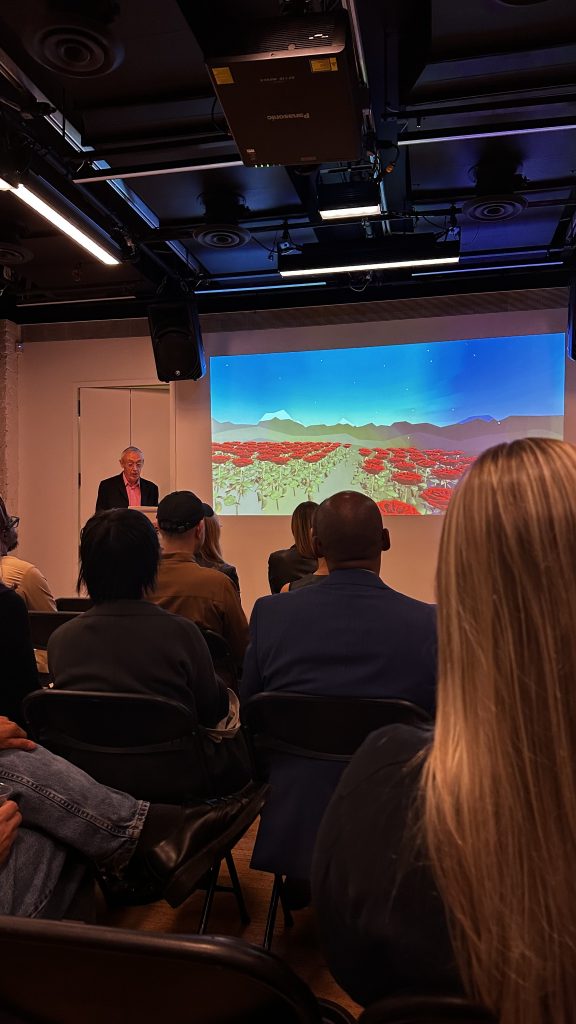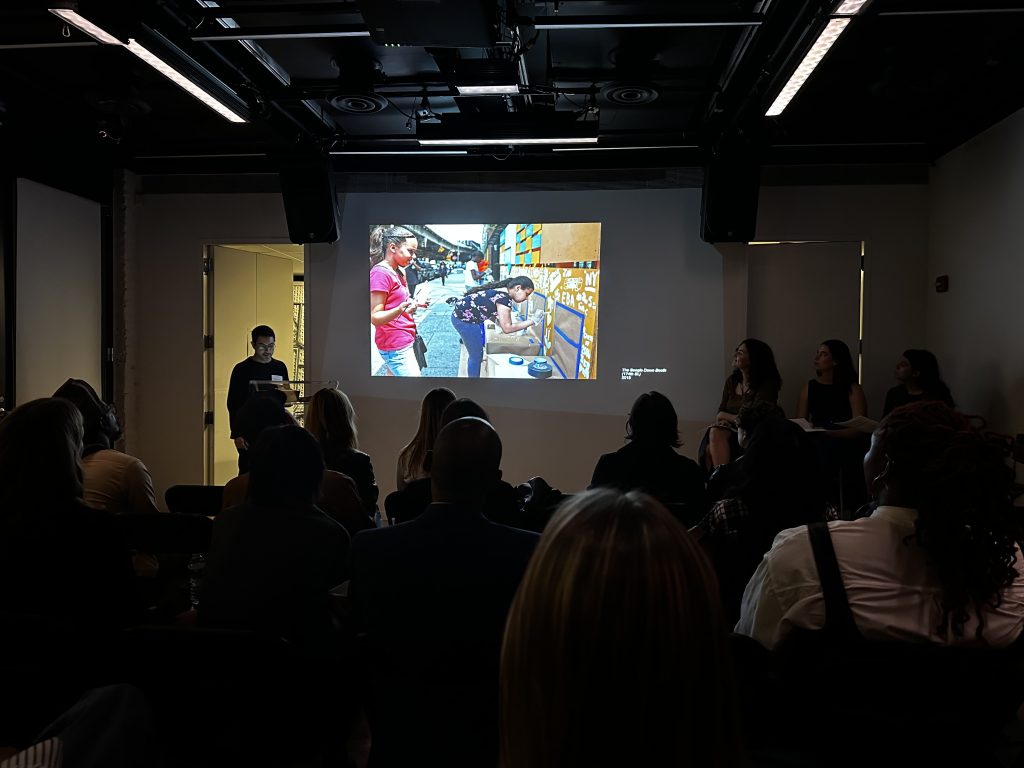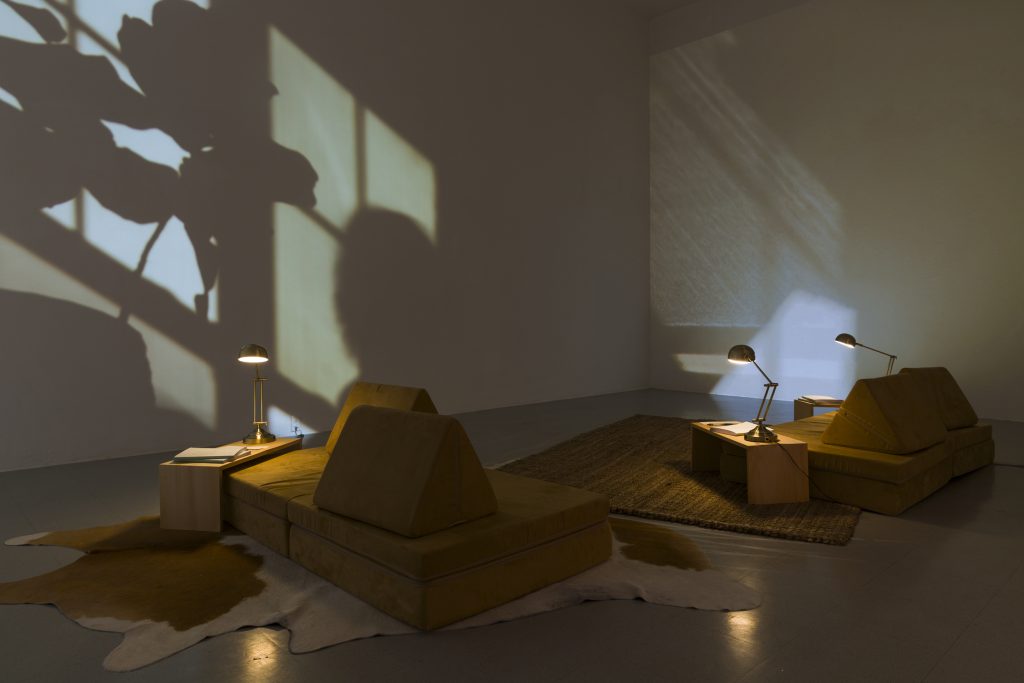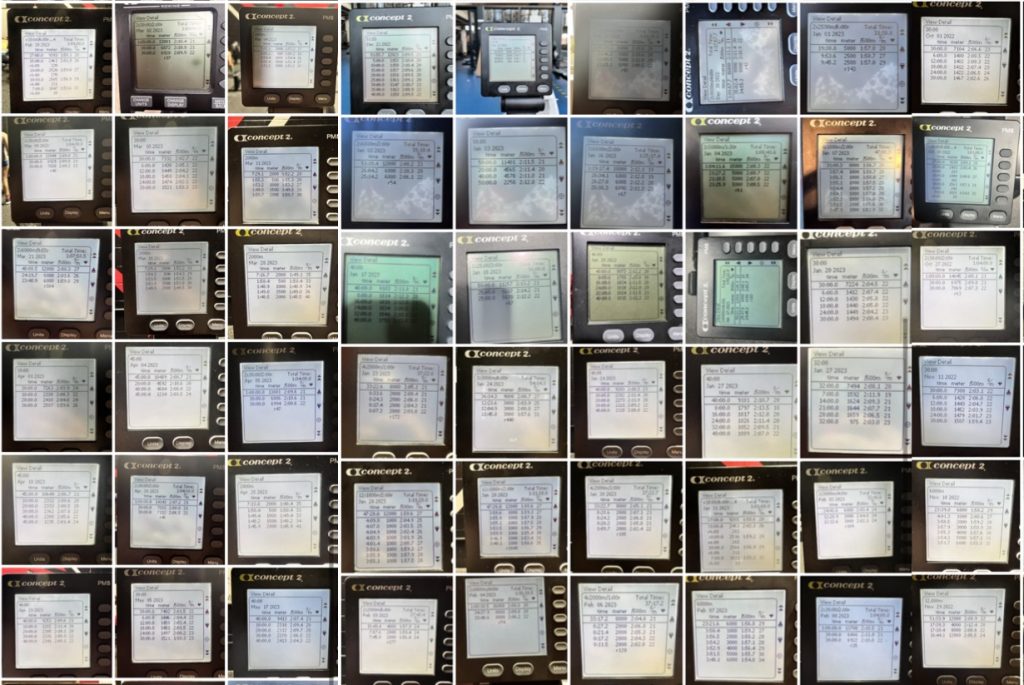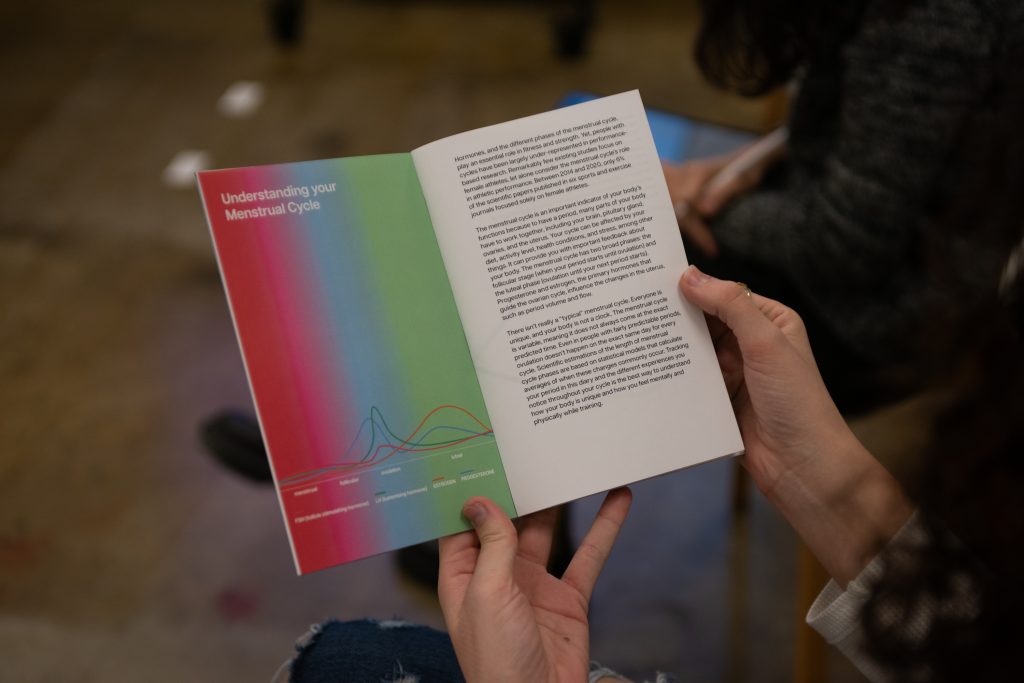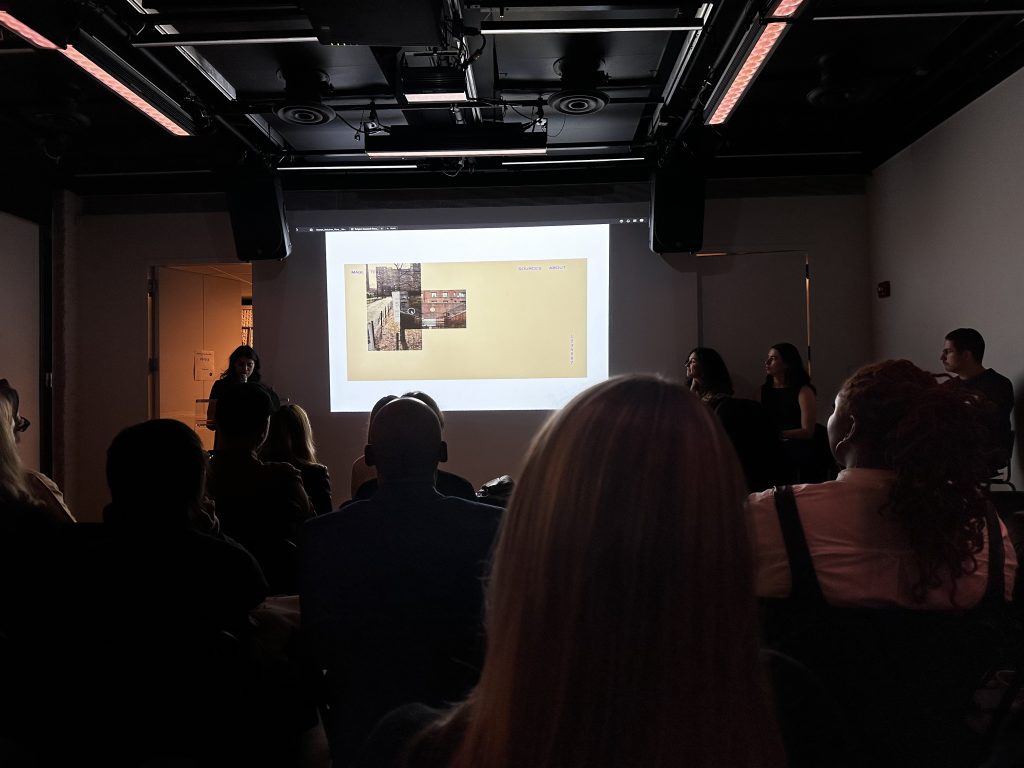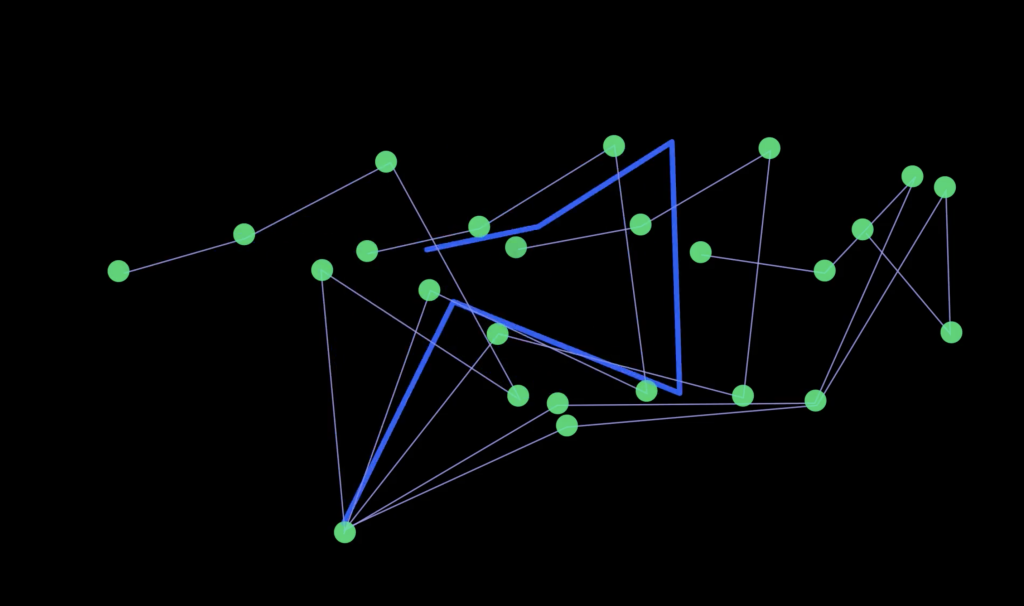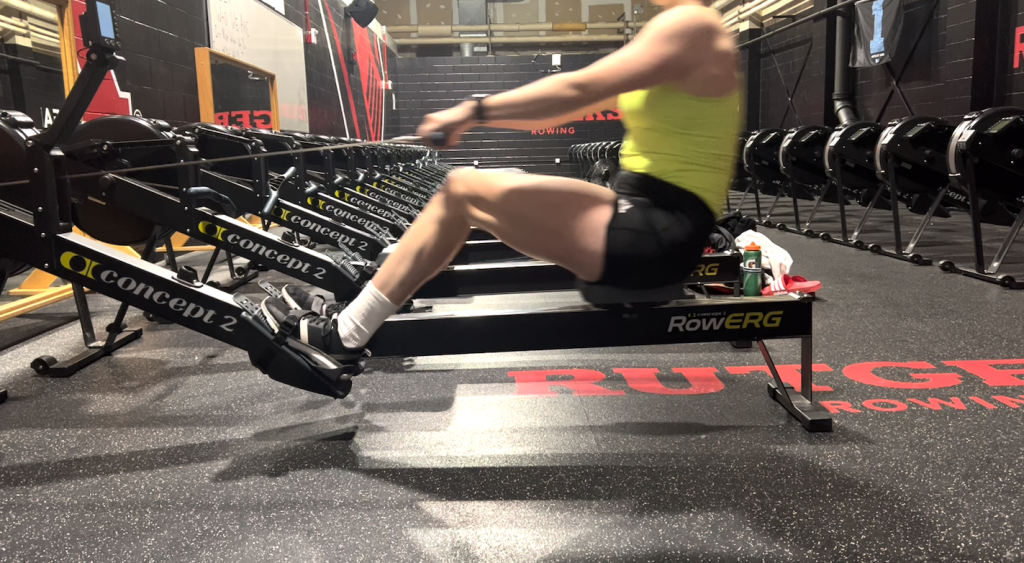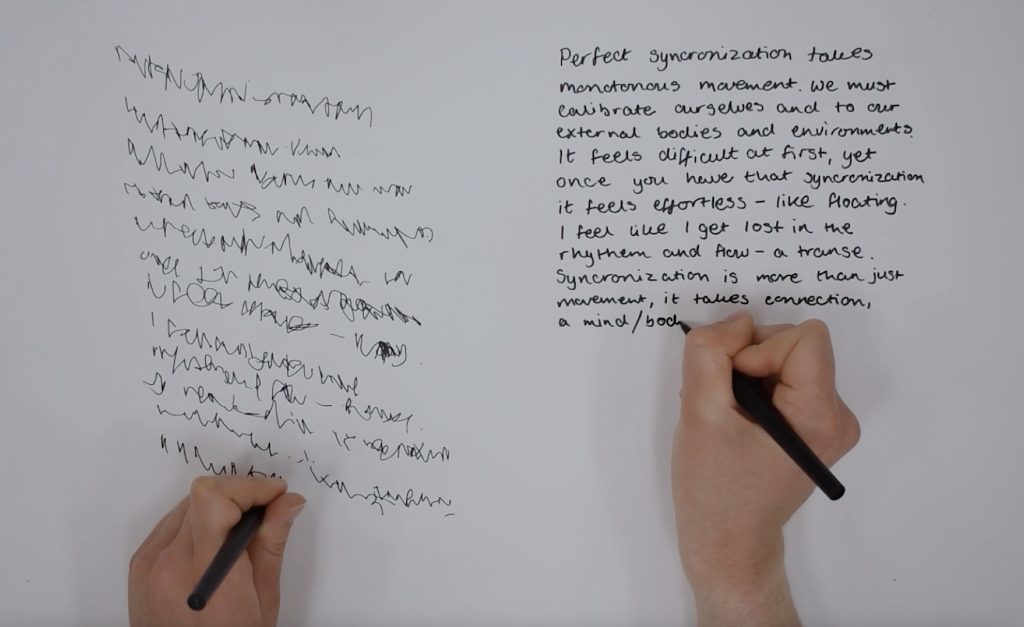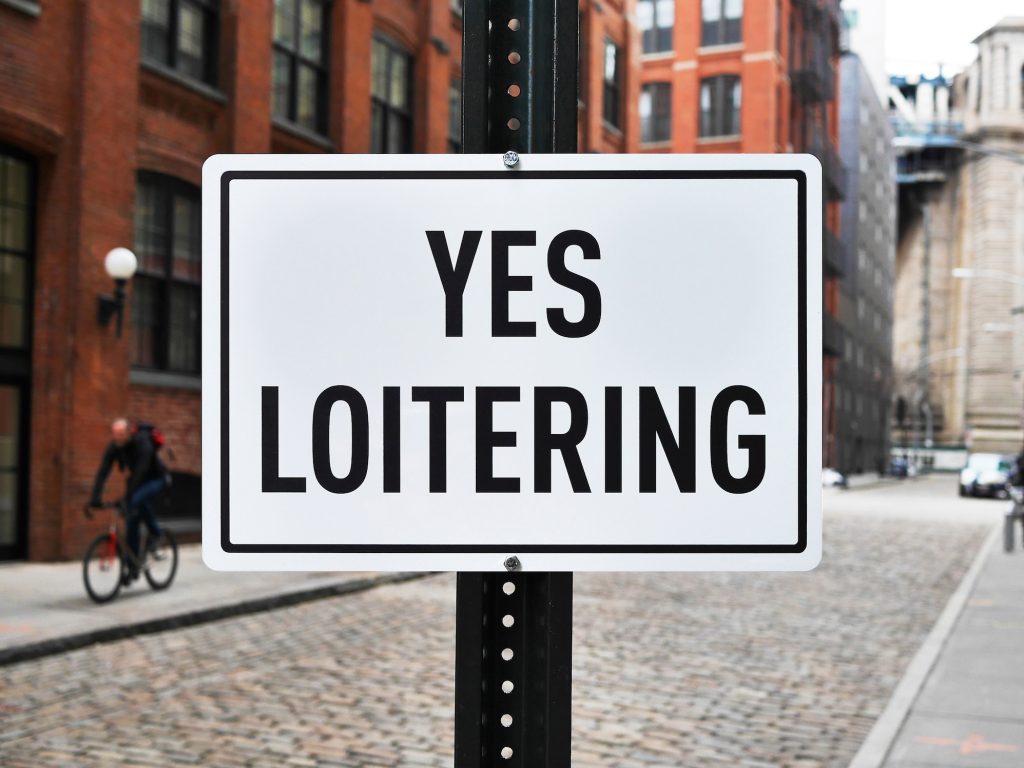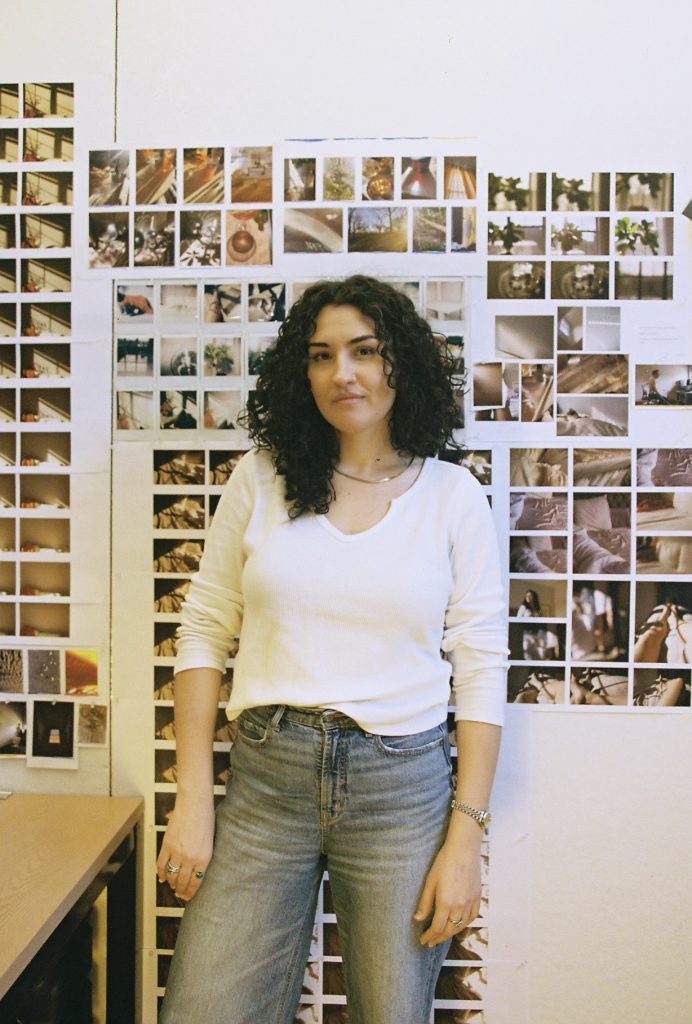
MFA in Design alumni, Rachel Herring, is an educator, writer, and designer creating work at the intersection of techno-critique, design ethics, and participatory research. She was recently appointed as a tenure track assistant professor at Rochester Institute of Technology. Her projects reclaim systems and technologies of power through democratic design. This framework prioritizes user agency, participation, and customization, seeking to transform design from a static product into a dynamic process. Her projects interrogate how everyday technologies, particularly the smartphone mediate behavior and perception, and propose methods for reclaiming time and attention through structured interventions.
Rachel’s work interrogates how technologies organize perception and behavior and proposes modes of regaining time and attention through concerted intervention. We examine this approach via two of Rachel’s works: Cellular Balance, a collaborative workbook, and 53 Days, an interdisciplinary installation.
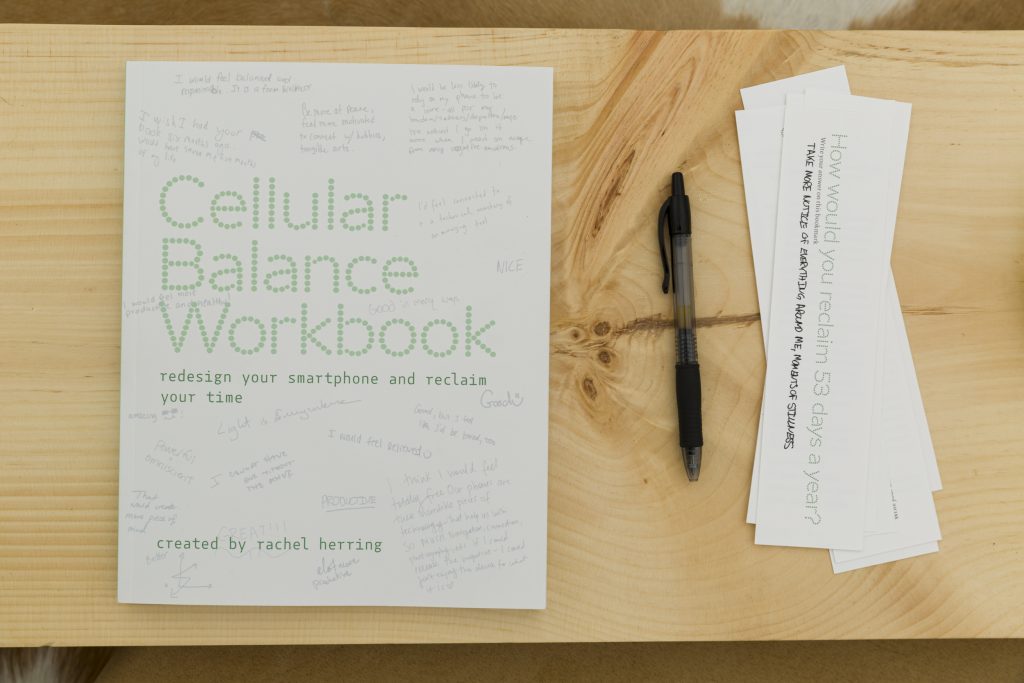
Cellular Balance Workbook
Redesign Your Smartphone and Reclaim Your Time
Cellular Balance began during the pandemic and developed through three years of iterative research. The project encompasses an interactive four-week workbook, a responsive website, socially active workshops, and an experiential installation. It is a toolkit for those who wish to reengineer their smartphone relationship without doing away with digital devices.
Rachel’s work comes out of her experience with phone addiction, especially the disintegration of time resulting from excessive screen usage. From a foundation of design ethics, behavioral science, and anthropology, she developed an experimental approach to changing phone use through design interventions. These included visual streamlining, content rearrangement, and reducing apps all in the service of refashioning reflex behavior into intentional action.
The workbook builds on this strategy. It includes formal exercises and reflective questions that encourage incremental changes in behavior. Most importantly, the workbook is also designed to be flexible. Readers are encouraged to annotate, rewrite, and adapt its pages to meet their specific needs. This design is a reflection of Rachel’s broader commitment to participatory models, as outlined by Sheila de Bretteville: “Control is undermined by ambiguity, choice, and complexity.”
Data collected across four major workshops including a five-day study with 20 participants and a month- long prototype with seven shaped the project’s form and pedagogical strategy. These studies utilized surveys, exit interviews, and mixed-methods research. Participants reported reduced anxiety, improved attention spans, and increased engagement with the physical world. Many highlighted the workbook’s role in slowing their perceptual tempo, allowing for deeper concentration and rest.
A recurring theme in participant feedback was the importance of slow transitions. Rachel responded by organizing the workbook into a sequential format, beginning with low-resistance interventions and culminating in more advanced changes. These patterns align with neurological insights into dopamine production and reward cycles, especially those triggered by smartphones. As explained by participants, the value of the workbook resided beyond reduced screen time. It offered tools for regaining control over attention and redefining digital presence on their own terms.
The workbook is available in print and as a free download through cellularbalanceworkbook.com, continuing Rachel’s commitment to open access and equitable design dissemination. The platform reflects her belief that intentional design does not require commercial gatekeeping to be impactful.

53 Days
A Multisensory Installation on Time, Perception, and Presence
53 Days takes into account the aspects of space and time as concerns for engaging attention. In parallel with the Cellular Balance piece, this work formalizes Rachel’s research into a space which invites expansive, distraction-free attention to light, sound, and space.
The core of the installation is a 3.5 hour, three-channel video projection documenting shifts in natural light patterns on a surface. Domestic seating materials occupy the gallery space, designed to support stillness and lingering presence. The public is invited to silence their phones to airplane mode upon entry, establishing a temporary disconnection from external notifications and online responsibilities.
The duration of the video equates proportionally to the time Rachel gained back on a daily basis through her phone interventions: 3.5 hours, or approximately 53 days per year. This intangible connection confirms the main argument of the installation. that time, having been previously re-directed by intentional design, can be encountered sensorially and rematerialized.
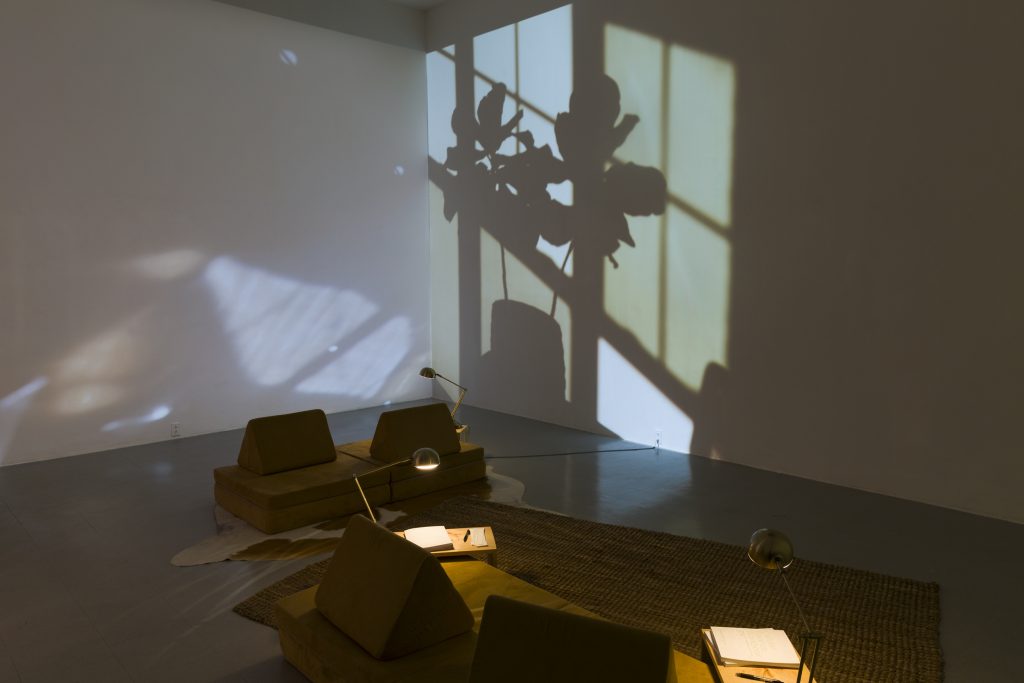
Inspired by slow cinema, Uta Barth’s photography, and works such as Are We Human by Beatriz Colomina and Mark Wigley, 53 Days situates design in a longer trajectory of perceptual inquiry. Design is not only an interface but an environment that shapes embodied attention. The environment becomes a sundial, utilizing the natural cycle of light to quantify duration and presence, and not productivity.
Each item in the space from the furniture to the books is intended to be used. This dispenses with the passive spectator convention of the conventional gallery and reinstates the participatory imperative of Rachel’s larger design practice. Individuals are invited to sit, think, and linger for as long as desired, representing a distinct mode of engagement grounded in autonomy and slowness.
Through these projects, Rachel proposes a larger model of design, one which prefers collaboration over control, reflection over optimization, and participation over prescription. Her work refigures design as a public space of critical reflection and inquiry, one which is responsive to human conduct, perceptual systems, and the sociopolitical character of everyday tools. Through access, choice, and time, her work overturns the dominant regimes of the attention economy and affirms the ability of design to enable autonomy and lived complexity.
